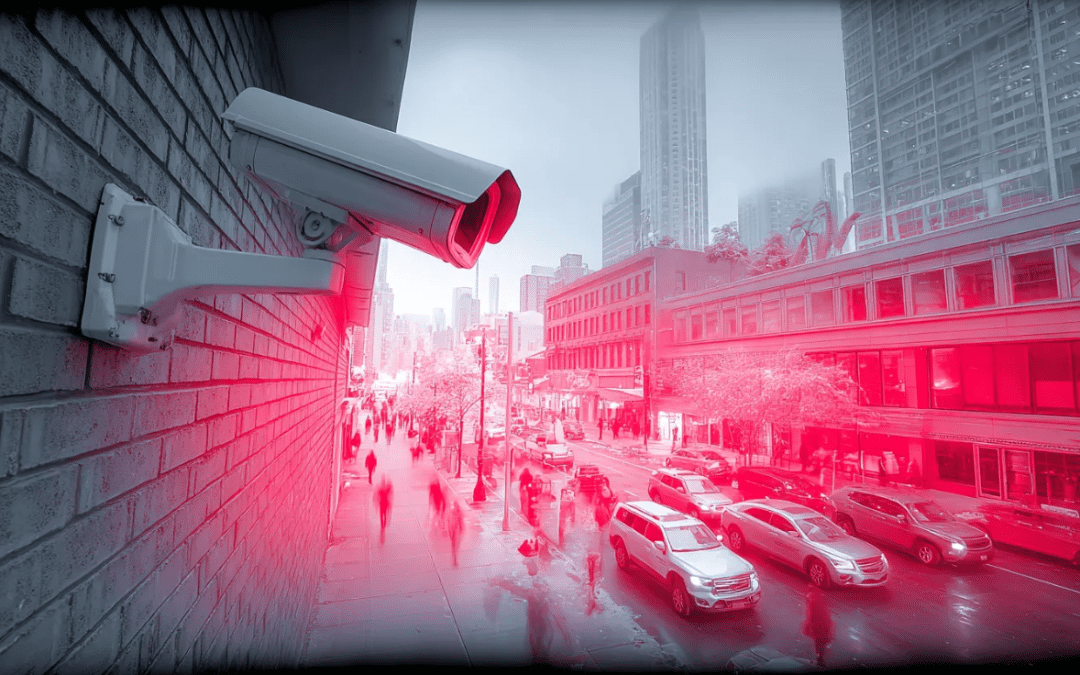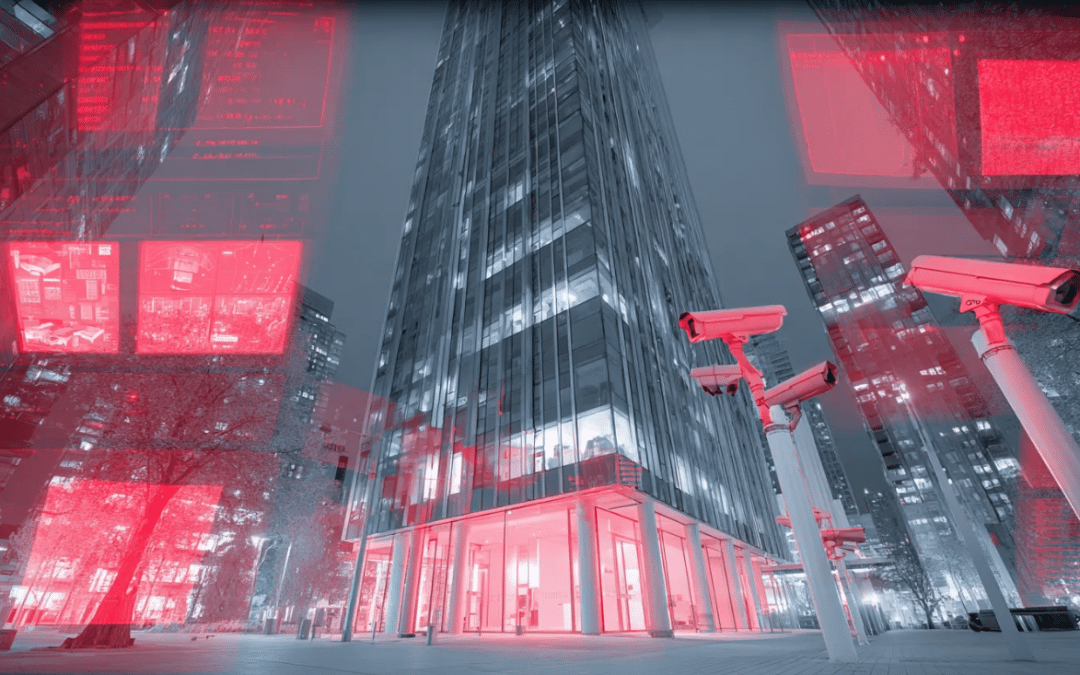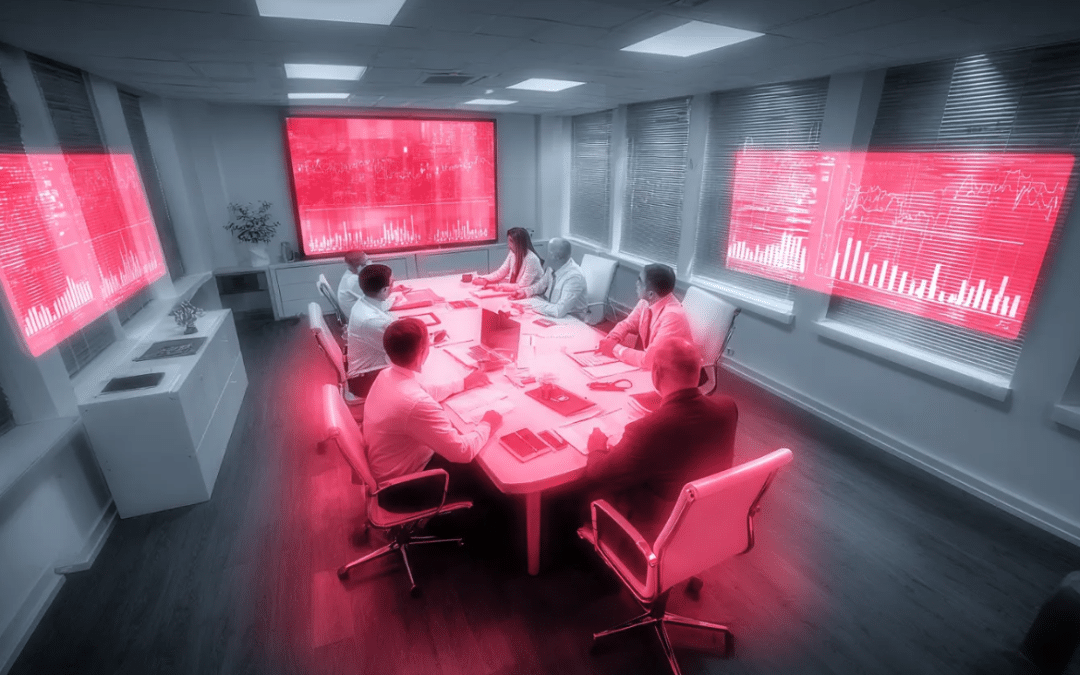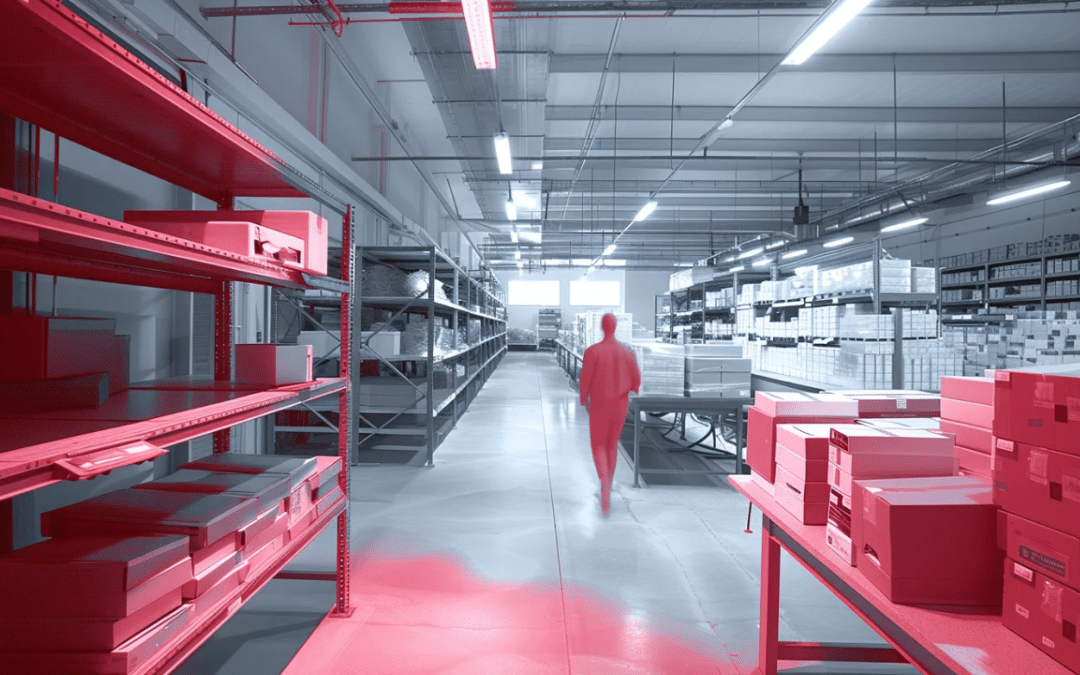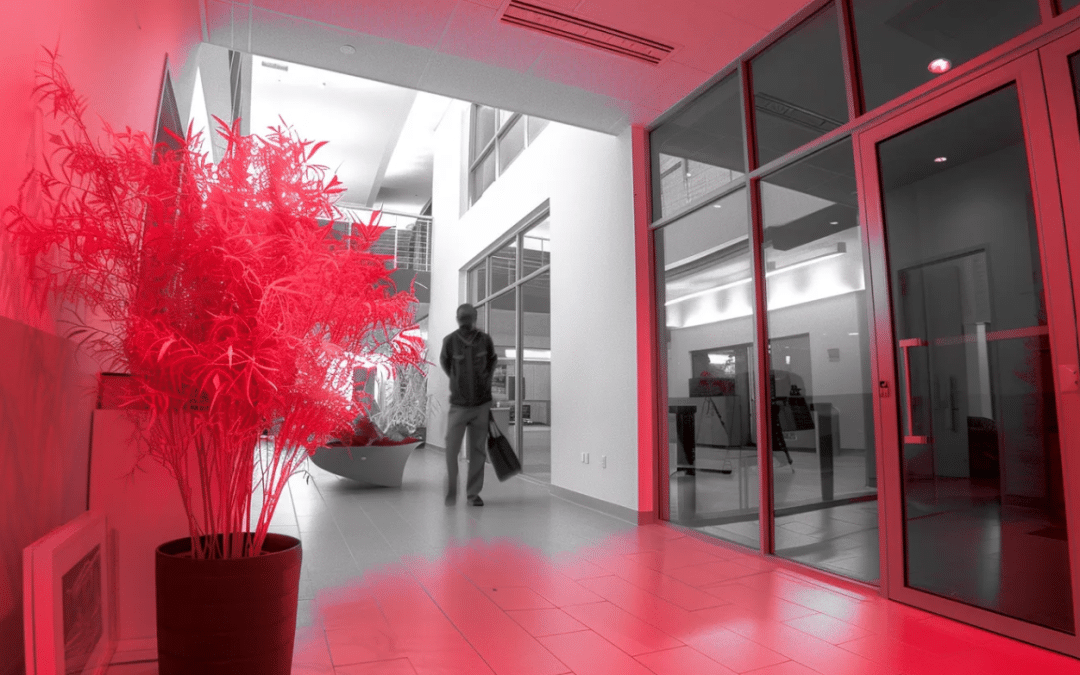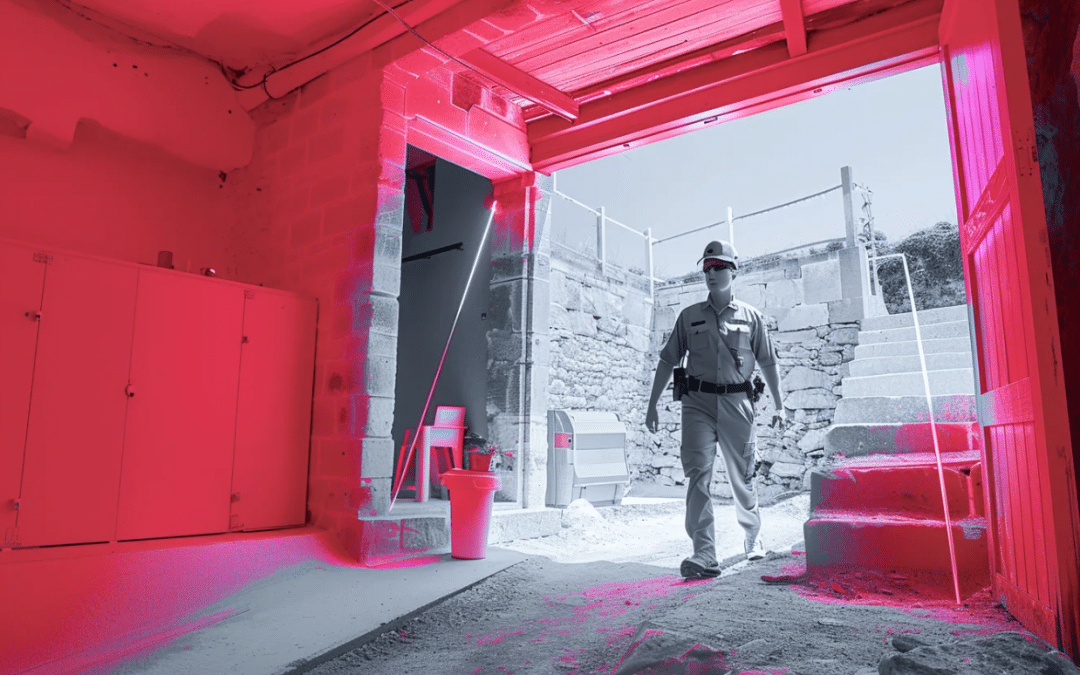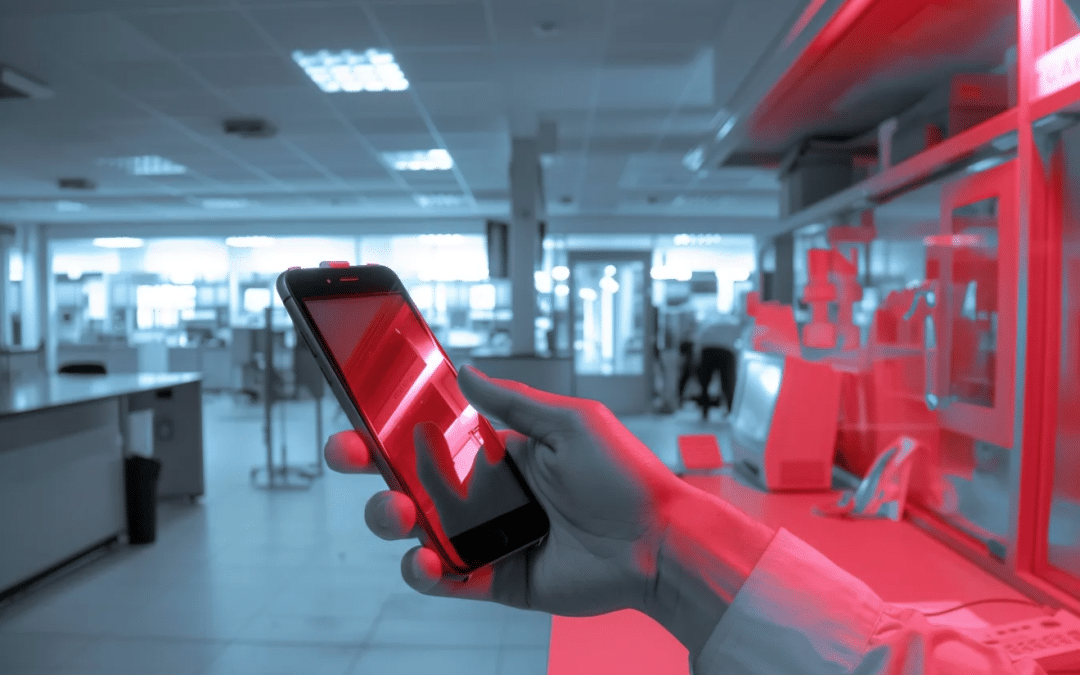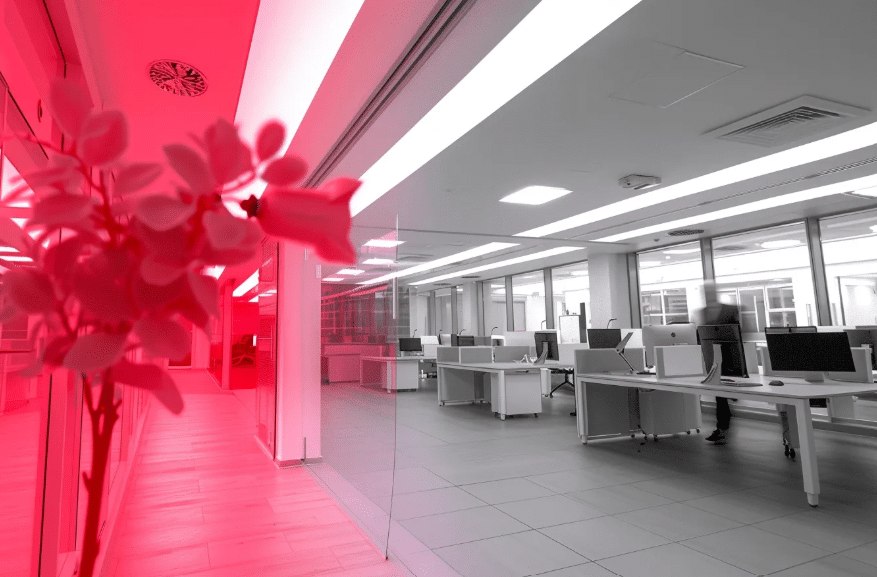Shrinkage accounts for a significant proportion of losses in the retail trade, sometimes reaching as much as 10% of sales in sensitive displays (make-up, alcohol, textiles). One effective way of countering this phenomenon? The access control. This technology is not only a means of securing a location, but also an optimal strategy for preserving your most precious possessions.
10% of your sales are lost to shrinkage! You need to take action.
Imagine recovering a significant proportion of this lost sales by carefully managing who can access what and when on your premises. Access control isn't just about physical doors and gates - it's also about managing access to your company's critical data and resources.
One way to reduce shrink? Access control
Investing in a access control solution is synonymous with setting up a sophisticated barrier against unauthorized intrusions, whether physical or digital. This service enables you to monitor entrances and exits, door accesses and visitor intrusions, manage accesses in real time and react rapidly in the event of an incident.
What is shrinkage?
Shrinkage is any unanticipated inventory loss that cannot be attributed to normal sales. These losses can come from a number of sources, including shoplifting, internal theft, fraud, inventory errors, or even damage to products during handling. In the retail sector, shrink is a major challenge, as it directly affects profitability. Measuring and understanding Understanding the extent of shrink is crucial to developing effective strategies that minimize these losses, enhance security, and improve inventory management. Access control systems play an essential role in this fight, restricting access to sensitive products and resources, and providing improved traceability of stock movements and employee activities.
Access control: what are we talking about?
Access control refers to the methods and solutions used to meet the need to regulate and monitor access to resources in a secure environment. The term generally encompasses the physical and electronic mechanisms used to manage the entry and exit of people or groups to specific premises, as well as to computer systems or data. The aim is to ensure that only authorized people have access to restricted areas or information, thereby helping to protect corporate assets from unauthorized access. Access control systems can range from simple locks to complex electronic systems incorporating biometrics and advanced authentication.
How does access control work?
The operation of access control systems is based on the identification, authentication and authorization of individuals to access specific resources or types of location within an organization. This process generally breaks down into several key stages:
- Identification : The first step is to identify the individual who wishes to access a space or resource. This can be done via a personal identification number, a code, a badge, a key, a mobile identifier, or even biometric recognition.
- Authentication : Once the identity has been proposed, the system must check that the identifier presented corresponds to a recognized and authorized entity in its database. The software verifies access rights. This may involve entering a PIN code, verifying a fingerprint, or reading an RFID badge.
- Authorization : After verifying the identity, the software decides whether the individual has the right to access the requested resource or area. This decision is based on the pre-configured access rights associated with the user in the access organization and authorization.
- How to find us : If authorization is granted, access is permitted. This may mean opening a door, activating an elevator, or accessing computer data. The event is often recorded for future security audits.
- Monitoring and management : Modern access control systems are usually connected to a computer network and monitored in real time. They can generate alerts in the event of unauthorized access attempts or other incidents. Ongoing management of these systems includes policy updates, revocation of access rights, and technical maintenance of the system.
Access control objectives
Visit access control is integrated with several objectives in mind, each aimed at strengthening an organization's overall security and operational efficiency. Among these objectives, shrinkage reduction is less well known, but highly effective, especially in retail sectors where losses can be significant.
Reducing shrinkage : Access control systems are essential for limiting financial losses due to theft and fraud. By restricting user access to sensitive areas, such as storage warehouses, computer server rooms or returns management areas, retailers and other businesses can greatly reduce the opportunities for internal and external theft.
- Impact figures: Statistically, installing access control systems can reduce shrink by up to 50%.
- Concrete examples: In the retail sector, the introduction of badges and entry codes for storage areas has significantly reduced the number of incidents of shoplifting and internal theft.
In addition to protecting against financial loss, access control systems are also used to :
- Ensure the safety of employees and visitors: By preventing unauthorized comings and goings, these systems help create a safer working environment.
- Protect sensitive information: Particularly crucial in sectors such as banking, healthcare and technology, where data protection is paramount.
- Improve operational efficiency: By managing access electronically and appropriately, companies reduce the need for physical surveillance, which can cut operating costs and boost productivity.
In short, it's more than just keeping doors locked; it's a comprehensive strategy for securing assets, minimizing risks and optimizing the management of human and material resources. By adopting these advanced technologies, companies can also position their security management as a key competitive advantage in their sector.
4 types of access control systems
1. RFID access control
The technology RFID (Radio Frequency Identification) allows complete, contactless access without a badge, ideal for high-traffic environments. RFID badges facilitate rapid passage while recording every interaction with the system.
2. PIN code access control
Simple but effective PIN code (Personal Identification Number) is a cost-effective, easy-to-implement access control solution that can be installed in a building or business in a very short time. Perfect for small businesses that need basic security for their products, materials or staff.
3. Biometric access control
The use of unique biological characteristics such as fingerprints or facial recognition to authenticate users. It's the most secure form of access control, virtually eliminating the risk of duplication or fraud.
4. Access control using mobile identifiers
With increasing dependence on smartphones, the mobile identifiers use applications to turn employees' phones into digital keys. It's a modern, flexible approach to security.
Access control, the solution for your industry
Retail and wholesale
In a world where mass distribution suffers huge losses due to shoplifting, a robust access control system can protect not only products but also customer data and sensitive business information.
Hotels and restaurants
For thehotel and cateringSecuring sensitive areas such as food stocks and customers' personal information is essential to maintaining trust and ensuring a quality customer experience.
Health
The healththe pharmacies and parapharmacies benefit immensely from access control systems to protect sensitive patient data, control access to medicines and secure expensive equipment.
Protect your premises against malicious acts and combat workplace insecurity
In a professional environment, employee safety and asset protection are paramount. An effective access control system is crucial to preventing malicious acts and helping to create a safe workplace. By controlling who can enter and when, you significantly reduce the risk of unauthorized intrusions and potential internal threats. This level of surveillance not only enhances overall premises security, but also reinforces a sense of safety among employees - essential to maintaining a productive and secure working environment. By investing in advanced access control technologies, you are putting in place robust barriers against insecurity and demonstrating a strong commitment to the protection of your staff and visitors.
Ideal for your business
A few highlights
Statistically, implementing an access control system can reduce shrink. significantlydepending on the configuration and application of monitoring and access management technologies.
Examples of advanced access control devices
From high-security gates to integrated building management systems, the options are vast and can be customized to meet the specific needs of each business. Systems such as biometric readers and electronic locks offer an almost impenetrable level of customized security.
Invest in your future and reduce your shrinkage
Adopting and installing an access control system is an investment in the security and long-term viability of your business. Don't let shrinkage erode your profits and compromise the security of your business. Discover tailor-made solutions and services at Lease Protect Franceyour partner for innovative security solutions.
With nearly 30 years of experience in the personal and property security sector, we are able to meet your needs to provide solutions for ill-intentioned visitors!
